How to Pay Off Debt Fast with Low Income
Have you found yourself in a situation where you just can not find a way out of debt? Are you struggling to pay off your debt because of your low income? Don't worry, you're not alone. This article will show you how to get rid of your debt fast, even with a limited budget. We will provide tips and tricks that have helped us get out of debt as quickly as possible. So read on and learn how to take control of your finances!
Know how much you owe.
This step may seem like an obvious first step, but it is essential to know exactly how much you owe before creating a plan to pay it off. By understanding the total amount of debt you owe, you will be able to develop better a strategy to get rid of it.
You can no longer hide your mind and start taking a step forward and change things! Most probably, the sum of the debts is not very pleasing. Take a good breath and open the envelopes. Take note of these numbers, but don't worry how small or large they seem.

Know how much money you have available.
The other part of the equation is to know how much money you have coming in each month. This includes your income and any other sources of revenue, such as child support or Social Security benefits. Once you know how much money you have available to put towards obligations pay off each month, you can start creating a plan.
Make sure you include how much you have in your:
-Savings account.
Having funds saved is essential since you never know when an emergency will pop up. Pay special attention to the section on how to create an emergency fund. When you swift gear from spending to saving money, you automatically improve your personal finance.
-Checking account.
This is the money you have available to use each month to pay bills and obligations.
-The cash value of your life insurance.
Consider the option of using the cash value of the money you have saved on your life insurance to wipe out part of your obligations.
Even though not all life insurance is made equal, one advantage of borrowing against a life insurance policy is that you only have to pay the borrowing rate on the loan every year, and not principal.
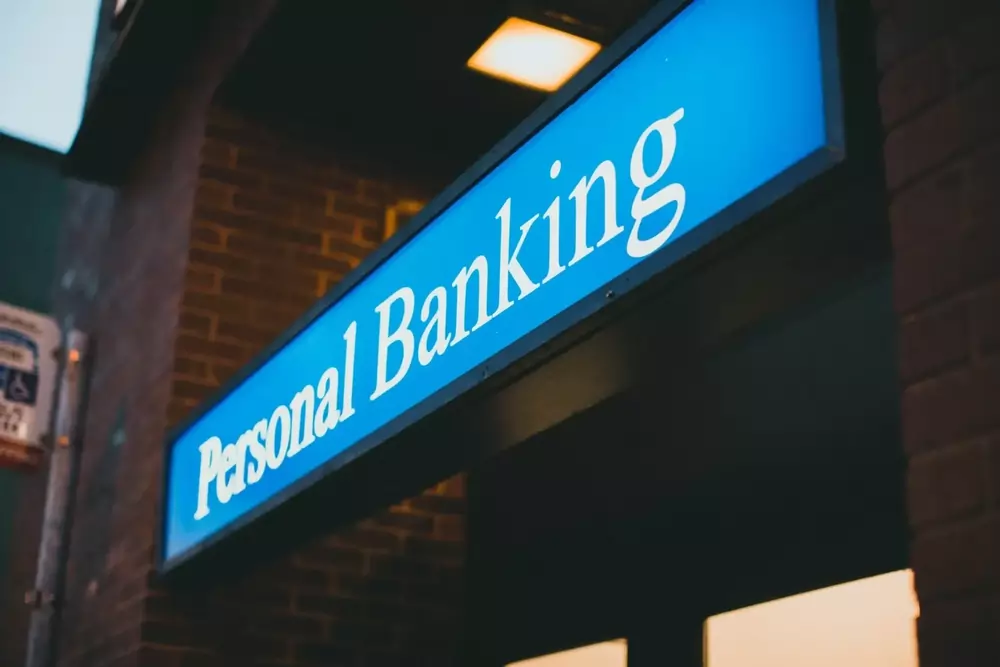
Types of Debt
There is a four-category debt type. Many debts are classified in terms of secured and/or unsecured debt revolving and mortgage.
Unsecured Debt
Refers to debt created without any collateral promised to the creditor. The most common type of unsecured debt is credit card debt. If you fail to make payments, the creditor may take legal action against you, but they cannot seize any of your property.
Secured Debt
Is debt that is backed by property, like a car or a house. We'll talk about this point later on. If you fail to make payments, the creditor can seize your property to recoup their losses.
Difference between secured and unsecured debs.
As we just said, unsecured loans typically have higher interest than secured loans. The creditor's only recourse in the event of nonpayment is to sue the borrower or report the debt to a credit bureau, which will damage the borrower's credit rating.
On the other hand, if you don't make payments on a secured loan, the creditor can take back your property. In this case, you may end up losing your car or your house. This is why it's important to only take out a secured loan if you're absolutely sure you can make the payments.
Car loans
Car loans are considered secured debt because the car can be repossessed if the borrower stops making payments to their auto loans.
A way to reduce your car payment is to trade in your car for a less expensive model. when considering a less expensive vehicle, it is not only the car payment but the cost of maintenance and pieces, along with the insurance premium.
Remember, you won't be able to legally use your car without car insurance, therefore, we recommend that you account into your monthly expenses your car insurance payment.
Revolving Debt
Revolving debt usually refers to any money you owe from an account that allows you to borrow against a credit line. The most common examples of revolving credit include credit cards.
Credit Card Debt
Credit cards are one of the most common types of debt. But it can be a difficult debt to pay off because of the highest interest rate, which typically fluctuates around 20%.
When trying to pay off credit card debt, it is important to make more than the minimum payment. This will help you get rid of your debt sooner.
Another way to reduce your credit card debt is by using a balance transfer offer. A balance transfer offer allows you to move your debt from one credit card to another at a lower rate. This can help you save money on interest payments and pay off your obligations faster.
When it comes to credit card debt, make sure to take note of your current balance, monthly payments, interest, and minimum payment due, along with the due date for each credit card you own.
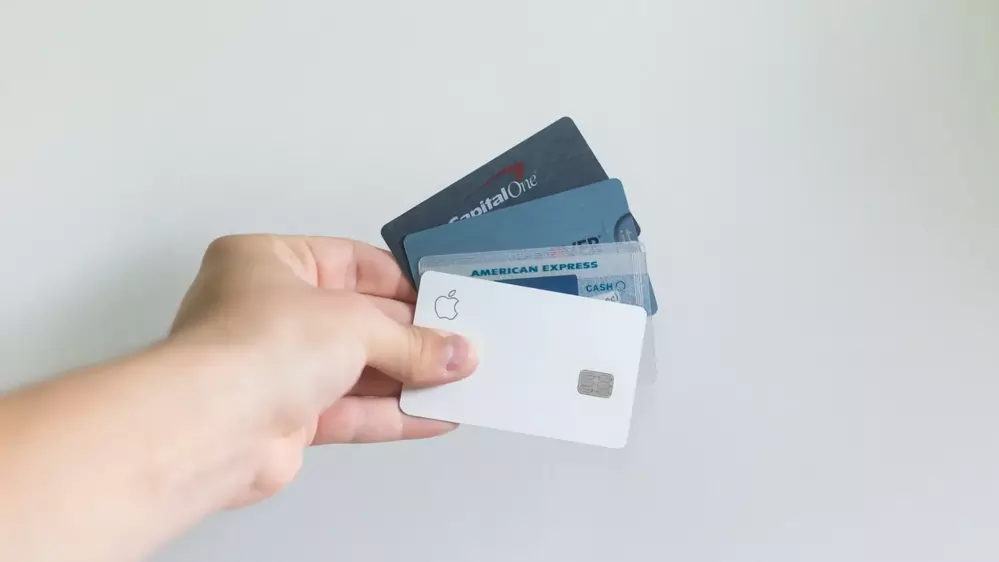
Mortgage Debt
This type of debt is secured by real property, typically a home. It is considered a secured loan because the property can be repossessed if the borrower stops making payments on their mortgage.
Mortgage debt is created when you borrow money from a lender to buy a house. The house serves as collateral for the loan, which means that the lender can take your house if you stop making payments on the mortgage.
Many people think that their houses are their most important asset when in reality, it is their most important liability since it is the largest debt. A mortgage is a debt that must be paid off over a period of time, typically 15 to 30 years. The interest charged on a mortgage is usually much lower than any other unsecured debt.
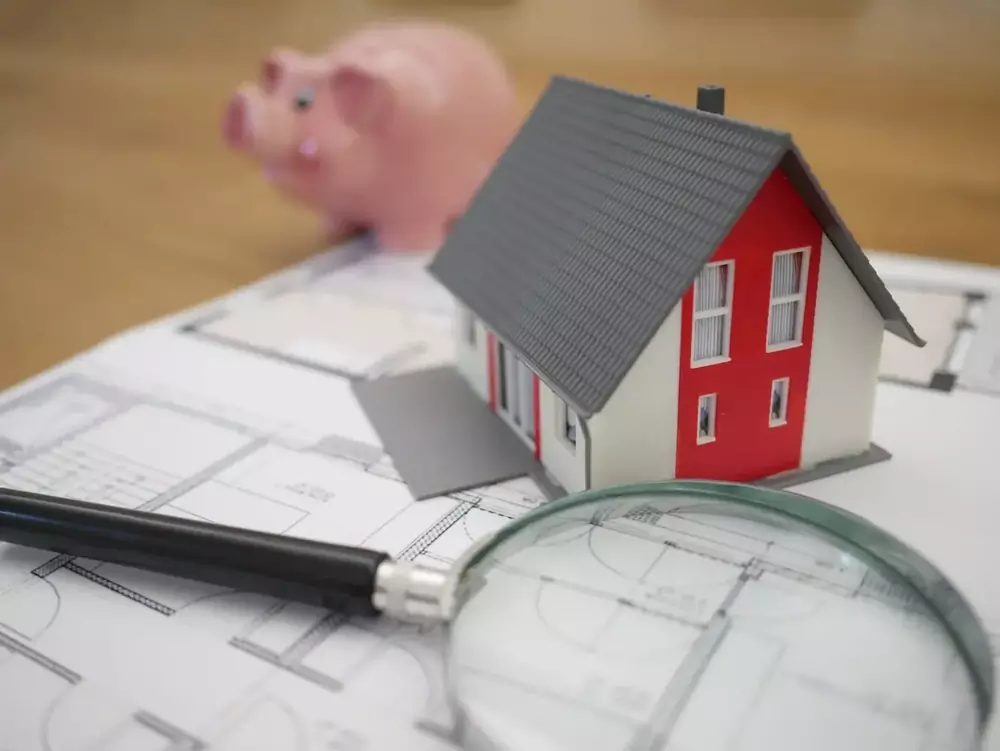
Student Loans
According to usnews.com, while student loans fall under the unsecured category, they are not treated the same way when it comes to nonpayment. Failure to pay any debt will result in some type of collection effort by the creditor.
Student loans are typically transferred to the Department of Education, which then uses a debt collector. The federal government also has more power when it comes to collecting debt, including wage garnishment and tax refund offset.

Personal Loans.
Personal loans are unsecured debt that is not backed by any collateral. The interest rate on a personal loan is usually higher than the one you pay on a car loan or a mortgage.
Payday Loans.
Payday loans are short-term, high-interest loans that are typically due on your next payday. These loans can be difficult to pay off because of the high rates and fees.
Beware of this kind of loan! According to Consumer Financial Protection Bureau, payday lenders said your loan would cost 15 percent but your loan documents say the annual percentage rate (APR) is almost 400 percent.
Create a budget.
Creating a budget is one of the most effective ways to get your debt under control. When you create a budget, you will be able to see exactly how much money you have to work with each month and what expenses need to be cut so that you can focus on paying your obligations.
Start by creating an outline of your monthly income and expenses. Be honest with yourself when creating this budget – include all of your regular expenses, including bills, groceries, debt payments, insurance premiums, etc. Once you have a complete picture of where your money goes each month, you can start making adjustments to ensure that more money is going towards financial independence.

Create a payment plan and stick to it
Once you have a budget in place, it is time to create a payment plan. This should include how much debt you have, the rate on each debt, and how much you can afford to pay each month.
How can I get out of Debt Fast?
How quickly you will get off your debt depends on how long you are in debt and how much interest you are paying for the debt. Develop plans, set up budgets, and avoid debt. Think about restricting your non-profit spending. Usually, the creditor asks for a minimum sum. Get more for lower monthly bills. In fact, debt consolidation can help you reduce or eliminate your obligation by reducing your monthly repayments.
What to do if you earn a minimum wage?
If you are working a minimum wage job, it can be difficult to find enough money to pay your bills each month. However, by following the tips in t his article, you can start to make headway on your personal finance and eventually pay off your obligations completely.
Remember, it is important to be proactive about your finances and take action towards becoming debt-free.
Start by creating an emergency fund.
This is a vital first step in getting your debt under control. When you have an emergency fund, you will not have to rely on credit cards to cover unexpected expenses, which can quickly get you into more debt.
Start by establishing a small goal, such as $500, and then work your way up to a larger goal, such as $1000. Once you have reached your goal, you can start putting more resources into paying your debt.
Do you want to learn more about how to create an emergency fund? We have you covered! Read our article about this important topic.

Save Money on Interest
One way to pay off debt fast is to save money on the interest you are paying. When you have high-interest debt, it can be difficult to make any progress in paying it off. This is because more of your money goes towards the lending rate than towards repayment of the debt.
There are several things you can do to save money on interest, including:
-Refinancing your debt to a lower interest rate.
That way you will be able to pay it off faster and save money in the process.
-Paying off your debt with a debt consolidation loan.
Instead of having several different monthly payments, you'll only have one payment to make each month, which can save you money on the lending rate.
-Making extra payments towards your debt.
This will reduce the amount of lending rate you pay over time and help you get out of debt faster. A perfect example is the so-called bi-weekly program, where you make 26 payments a year instead of 24.
By making the equivalent of 13 monthly payments in a year instead of the regular 12, you ended up paying your loan sooner, saving several thousand dollars in the process.
Which Debt should you pay first?
There are two distinctive routes to follow.
Pay your smallest debts first.
This is called the debt snowball method. When you follow this method, you will focus on paying off your smallest debt first. Once that debt is paid off, you will move on to the next debt on your list.
At the time you move to your second-smallest debt, you can now use the extra money you used to pay the first debt to accelerate the payment of the second smallest obligation and continue this process until all of your debts are paid off.
Another benefit of this method is that it can give you a sense of accomplishment as you see your debt being paid off one by one. This can help motivate you to stick with your debt repayment plan and continue working towards becoming debt-free.
Pay your highest interest debt first.
This is called the debt avalanche method. When you follow this method, you will focus on paying off your debt with the highest interest first.
Once that debt is paid off, you will move on to the next debt on your list, and so on.
The advantage of this method is that you save money over time.
Although it may take longer to pay off your debt using this method, you will end up paying less for the debt in the long run.
Which method is right for you?
There is no one-size-fits-all answer when it comes to getting rid of your debt. You need to find a method that will work best for you and your unique situation.
Debt Consolidation
If you have multiple obligations, it can be helpful to consolidate your debt into one loan. This will help simplify your debt repayments and may save you money on interest.
There are several options available for debt consolidation, including:
-Transfer the balance of your credit cards.
If you're struggling with high-interest rates, consider transferring your debt to one of these cards that offer 0% intro APR and y start saving money right away and feel less stressed about paying off what is owed on time every month.
-Get a Personal loan.
I know it sounds contra-intuitive that you request another debt to pay off your debts, but you can use a new loan to consolidate multiple debts, often from things like credit cards, which are rolled into a single payment. This can make it easier to pay off debt faster and keep track of the debt you have.
When consolidating your debt, be sure to compare the interest to be paid and terms to find the best option for you.
-Home equity loans.
If you are considering consolidating, it is important to compare the different options to find the one that is best for you.
Extra Payments
Making extra payments towards your debt can help you pay it off faster and save money on interest. When you make an extra payment, more of your payment will go towards the principal balance of your debt, which will help you pay it off faster.
If you are able to make extra payments, you should consider doing so. This will help you get debt-free sooner and save money on interest.
You will want to make sure that you can afford the extra payments, as you don't want to put yourself in a difficult financial situation. You should also consider which debt you want to focus on first.
If you are able to make extra payments, make sure that you can afford them and consider which debt you have.
There are a few things to consider when making extra payments:
-How much can you afford to pay each month?
That is why it's important to have a clear picture of your assents (like money on your checking and savings accounts and your liabilities. So that you can determine how much you can afford to pay.
-Which debt should you focus on first?
We talked about this topic already. Revisit the paragraphs that talk about the snowball method and the avalanche method to determine which one suits best to you.
Automate Your Debt Payments
The best way to stay on track with your debt repayment plan is to automate your payments. This means that each month, the money will be automatically transferred from your bank account to the creditor.
This will help you avoid late payments and penalties, which can add to your debt.
If you are able to automate your debt payments, it is a great way to stay on track with your repayment plan.
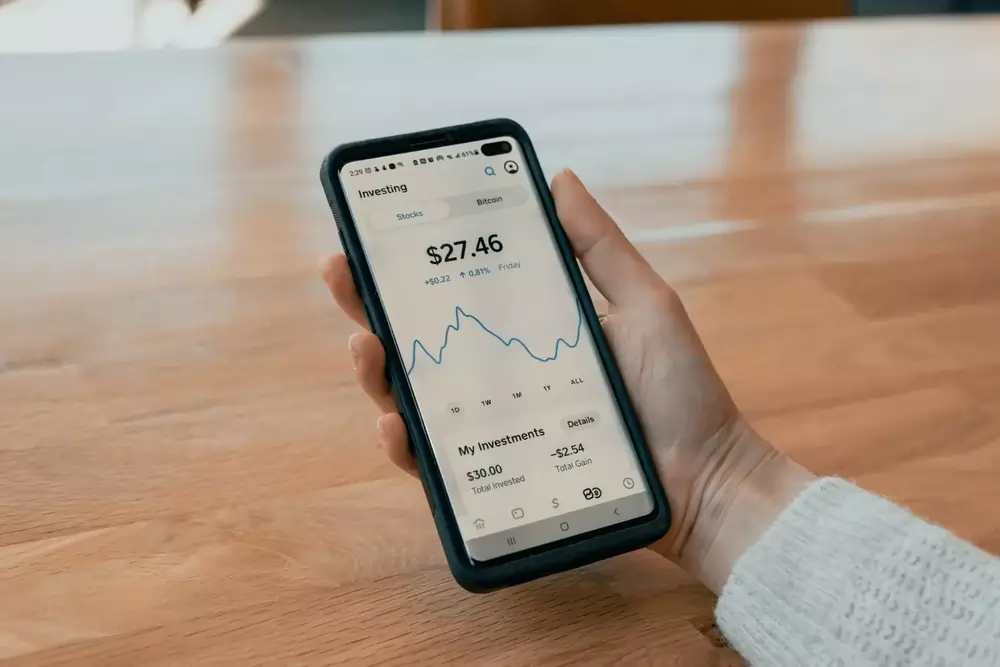
Stay Organized
It is important to stay organized when you are trying to pay off debt. This means tracking your expenses, knowing how much Debt you have, and making a plan to pay it off.
When you are organized, it is easier to stay on track with your debt repayment plan and make progress in paying off your debt.
If you are struggling to stay organized, consider using a budgeting app or financial tracking software. This can help you track your expenses and debt so you can stay on top of your repayment plan.
Paying off debt is not easy, but it is possible. By following these tips, you can pay off debt fast, even with a low income. Stay disciplined and motivated, and you will be debt-free in no time.
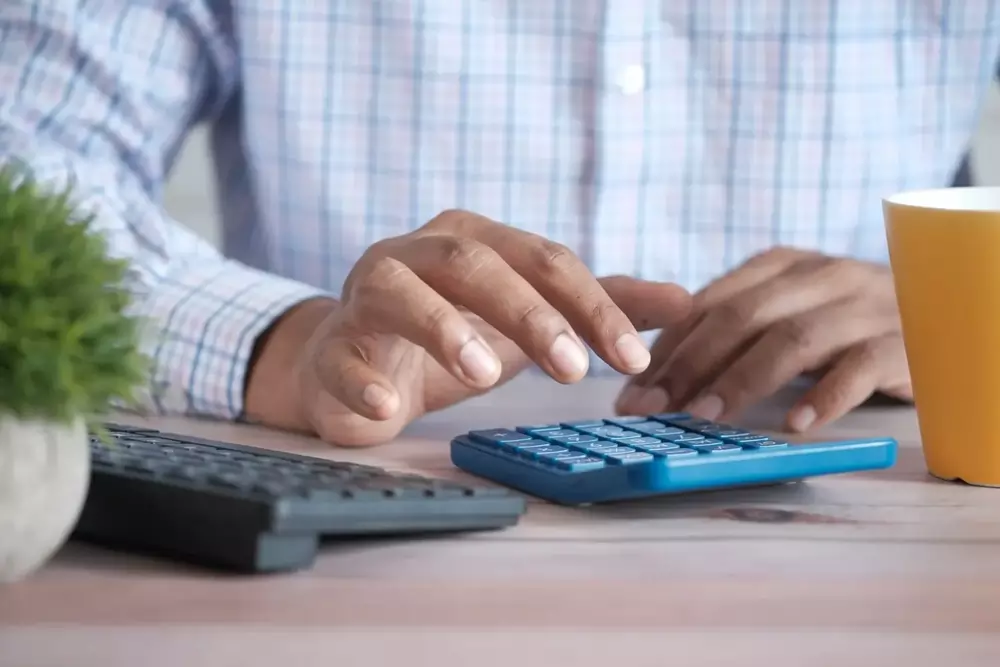
Cut spending
One of the best ways to free up money to put towards debt is to cut your spending. This may mean making some lifestyle changes, such as eating out less or cutting back on unnecessary expenses.
Meal Planning
Eating out can be one of the biggest expenses in your budget. If you are trying to save money, it is a good idea to cook at home more often. Meal planning can help you save money on groceries and cook healthier meals.
When you meal plan, you create a list of meals for the week and make a grocery list based on those meals. This helps you stay organized and avoid buying unnecessary items at the store.
You can find meal plans online or in cookbooks, or you can create your own.
When you cut your spending, you will have more resources to put towards debt repayments each month. This can help you get debt-free faster.

Consider public transportation
If you live in a city or area with good public transportation, consider using it to get around. This can help you save money by avoiding the costs of gas, parking, and car maintenance. It can also be more convenient than driving, as it can help you avoid traffic and save time.
More importantly, it might help you to put more towards your payment plan.

Keep track of your expenses.
You must keep track of your expenses if you want to get debt-free. This means recording everything you spend money on, no matter how small the amount may be.
When you track your expenses, you will be able to see where you are overspending and make changes to put more money towards debt repayment.
Track your debt repayment progress.
It is also essential to track your debt repayment progress. This will help you stay motivated and on track with your debt repayment plan.
When you track your progress, you will be able to see how much closer you are to being debt-free.
Increase your Income with a Side Hustle
If you are looking for ways to have more income, consider starting a side hustle. This can be a great way to bring in additional revenue and speed up the process of debt repayment.
There are many different side hustles you can choose from, so find one that fits your interests and skillset. Once you start making money from your side hustle, you can use that money to make extra payments each month.
How much is too much debt?
Your debt-to-income (DTI) ratio is all your monthly debt payments divided by your gross monthly income. The Consumer Financial Protection Bureau (CFPB) recommends you keep your debt-to-income ratio below 43%.
The National Foundation for Credit Counseling recommends that the debt-to-income (DTI) ratio of your mortgage payment be no more than 28%.
Bankrates.com tells us that enders typically say the ideal front-end ratio should be no more than 28 percent, and the back-end ratio, including all expenses, should be 36 percent or lower.
Is Bankruptcy an alternative for you to get out of debt?
Bankruptcy allows individuals or businesses who can no longer pay their obligations the freedom to get a fresh start by liquidating their assets or creating a payment plan while simultaneously providing creditors an opportunity to recover at least part of what was lent.
There are different types of bankruptcies. Individuals may file Chapter 7 or Chapter 13 bankruptcy, depending on the specific circumstances of their situation.
Chapter 7.
This type of Bankruptcy is for people who have little or no assets and cannot pay their obligations.
Chapter 13.
This type of Bankruptcy is for people who have a regular income and can repay their debt over time. Chapter 13 offers individuals several advantages over liquidation under chapter 7, and the most significant is the opportunity for individuals to save their homes from foreclosure.
Usually, filing for bankruptcy should be considered a last resort option since it will negatively impact your credit history and make it difficult to get approved for loans in the future.
Nevertheless, while your credit rating will be affected when you file, it will not be destroyed forever. Depending on your situation, you may actually increase your credit score by filing for bankruptcy.
Bankruptcy can stay on your credit report for up to ten years, so it is crucial to consider the long-term effects before deciding to file.
If you are struggling to make debt payments, speak with a debt relief specialist or financial advisor to explore all of your options before considering Bankruptcy.

Paying off debt is not easy, especially when you have a low income, but it is possible. By following these tips, you can pay off debt fast, even with a low income. Stay disciplined and motivated, and you will be debt-free in no time.
We hope that this blog was helpful. If you have any other questions or concerns about paying off debt, please contact us anytime. Thank you for reading. We are always excited when one of our articles can provide helpful information on a topic like this!
